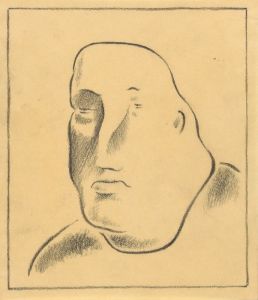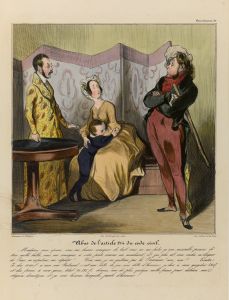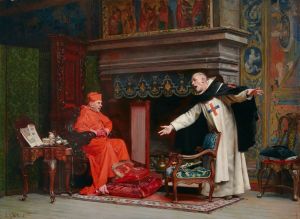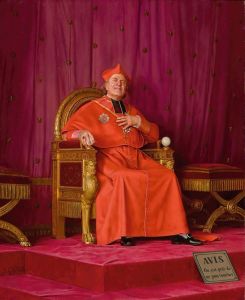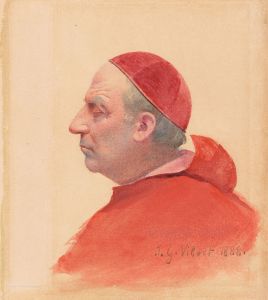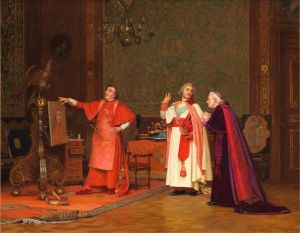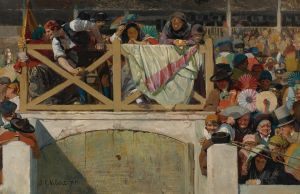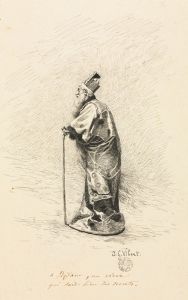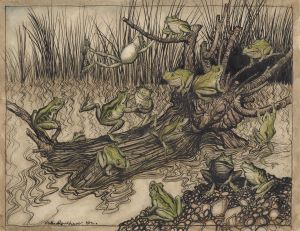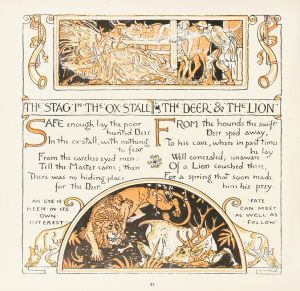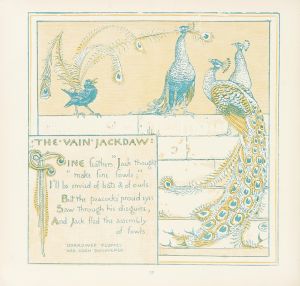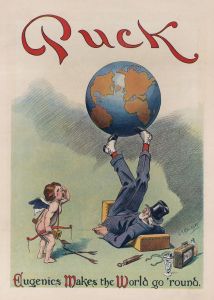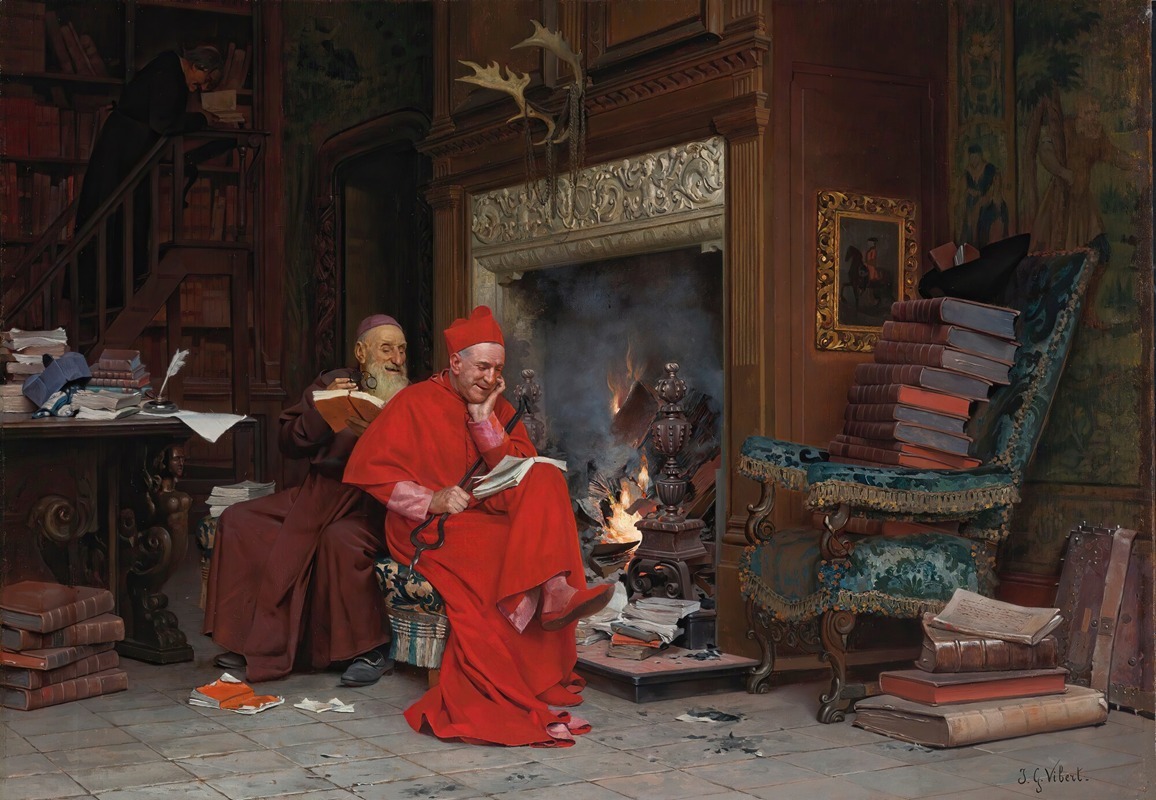
The Committee On Moral Books
A hand-painted replica of Jehan Georges Vibert’s masterpiece The Committee On Moral Books, meticulously crafted by professional artists to capture the true essence of the original. Each piece is created with museum-quality canvas and rare mineral pigments, carefully painted by experienced artists with delicate brushstrokes and rich, layered colors to perfectly recreate the texture of the original artwork. Unlike machine-printed reproductions, this hand-painted version brings the painting to life, infused with the artist’s emotions and skill in every stroke. Whether for personal collection or home decoration, it instantly elevates the artistic atmosphere of any space.
Jehan Georges Vibert was a French academic painter known for his satirical and often humorous depictions of clergy and religious themes. One of his notable works is "The Committee On Moral Books," which exemplifies his skill in combining detailed realism with a critical eye on societal norms and institutions.
"The Committee On Moral Books" is a painting that captures a scene involving a group of ecclesiastical figures, presumably a committee, engaged in the task of reviewing books for moral content. Vibert's work is characterized by its meticulous attention to detail and its ability to convey a narrative through the expressions and postures of his subjects. The painting is set in an opulently decorated room, which is typical of Vibert's style, as he often used rich interiors to reflect the wealth and power of the clergy.
In this painting, Vibert employs his signature use of color and light to draw attention to the central figures, who are depicted in traditional clerical garb. The expressions on their faces range from serious contemplation to subtle amusement, suggesting a variety of attitudes towards the task at hand. This diversity in expression is a hallmark of Vibert's work, as he often used it to inject a sense of irony or critique into his paintings.
Vibert's choice of subject matter in "The Committee On Moral Books" reflects his interest in the intersection of religion and society. During the 19th century, the Catholic Church wielded significant influence over cultural and moral standards in France, and Vibert's painting can be seen as a commentary on this power. By focusing on a committee tasked with determining the moral suitability of literature, Vibert highlights the tension between censorship and creative expression, a theme that resonates with broader societal debates of his time.
The painting is also notable for its technical execution. Vibert was a master of the academic style, which emphasized precise draftsmanship and a polished finish. His ability to render textures, such as the luxurious fabrics of the clerics' robes and the intricate details of the room's furnishings, adds to the painting's realism and depth. This attention to detail not only enhances the visual appeal of the work but also serves to underscore the gravity and authority of the committee's task.
"The Committee On Moral Books" is a testament to Vibert's ability to blend artistry with social commentary. Through his depiction of the clergy, he invites viewers to reflect on the role of religious institutions in shaping cultural norms and the potential for satire to challenge established authority. While Vibert's work is firmly rooted in the context of 19th-century France, its themes continue to be relevant in discussions about the balance between moral oversight and artistic freedom.
Overall, Jehan Georges Vibert's "The Committee On Moral Books" remains an important piece within his oeuvre, showcasing his talent for combining technical skill with insightful critique. The painting stands as a reflection of its time, offering a window into the cultural and religious dynamics of 19th-century France, while also engaging with universal questions about authority, morality, and the arts.





